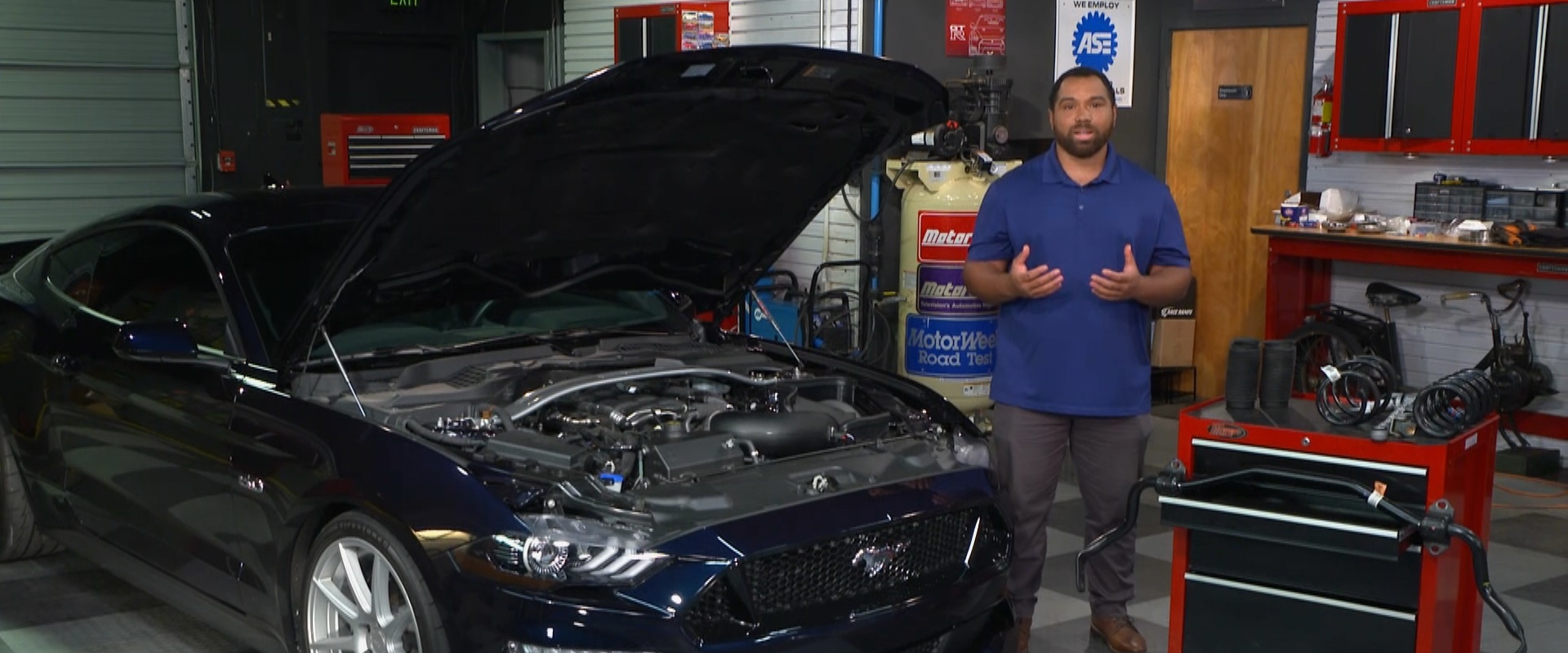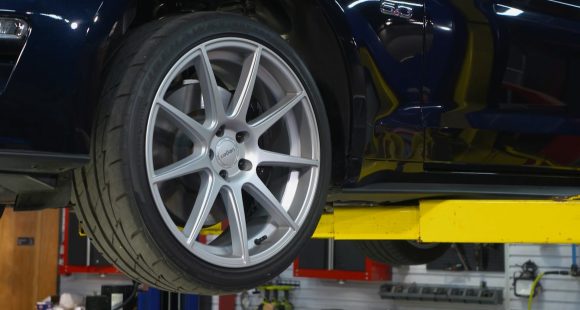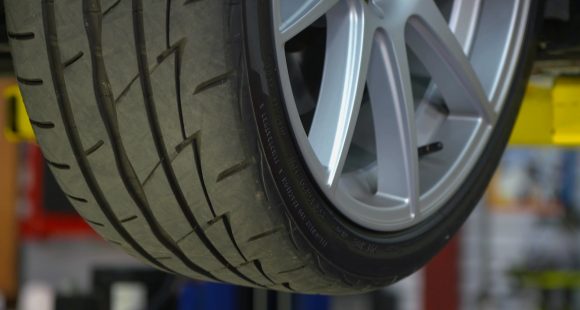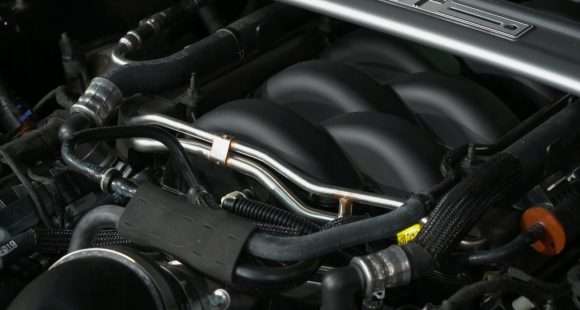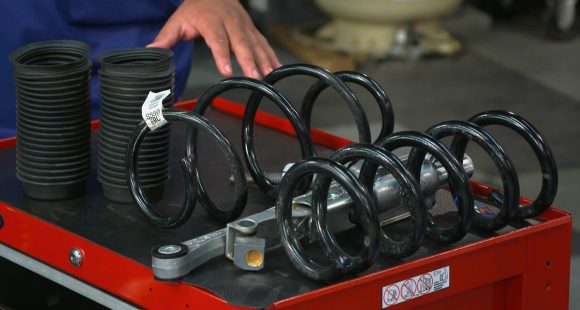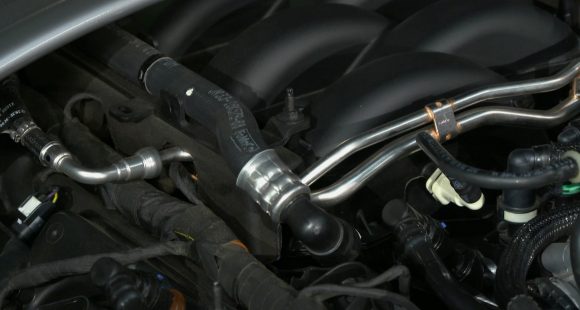Complementary Upgrades
With great power comes great responsibility, and when it comes to adding power to your engine, that means being responsible for complementary modifications. Logan McCombs shares his methods on MotorWeek’s “Your Drive!”
LOGAN MCCOMBS: Last season, we talked about power adders like cold air intakes, turbos and superchargers. Let’s say you’ve gone ahead and done one of those modifications, you’re happy with the results, but now you’re noticing other parts of your vehicle are needing improvement. So, what are other modifications that you can do to accommodate these power gains?
One of the first places that you can look is your wheel and tire setup. With a wider tire, you have a better contact patch which will allow you to have much more grip, whether you’re spirited driving or going around the track. Another thing to look at is going to be your tire compound, whether that may be a softer summer tire or a harder all-season tire, each of these are going to give you a different feel while driving your vehicle. Then you want to look at the type of wheel that you may choose to go with. Whether that may be a more stylish wheel, or a more track-oriented wheel that has less rotating mass because it’s lighter.
Now that we’ve addressed your wheel and tire setup, let’s talk about suspension and the benefits of upgrading these parts. One of my favorite places to start is with springs and coilovers. Both of these are great options that lower the center of gravity of your vehicle, which gives you a better feel when cornering. The next thing you can look at is sway bars and under-chassis bracing, which increase the structural rigidity of the vehicle, while also giving you a better feel and less body roll.
Next is your fuel system. One of the first things you want to look at is your injectors and fuel pump to make sure that you can keep up with the demand that the engine is requiring for the amount of fuel that it needs. Without a sufficient fuel pump or injectors, your vehicle won’t be able to run correctly.
Then there’s your fuel lines. Your fuel lines are very important because they’re what carry the fuel from the back of the car to the front. Without the proper setup and diameter of fuel lines, your car won’t be able to deliver on the power that it’s trying to make.
And your fuel filter. The fuel filter is one of the most important things throughout your fuel system, because without it, you’d have dirt and debris clogging your injectors and causing idling issues.
These are just some of the modifications that will help you create a much more balanced vehicle to help you achieve the goal that you’re looking for.
If you have any questions or comments, reach out to us right here at MotorWeek.




